Prisoners Generating Electricity for Reduced Time
A Sustainable Solution?
May 9, 2023
In recent years, there has been a growing concern about overcrowding in prisons and the rising cost of maintaining inmates. Countries like the United States and the United Kingdom have struggled with the problem of reducing the number of prisoners while also cutting down on expenses.
One potential solution gaining attention is the idea of having prisoners generate electricity. This approach involves equipping prisons with special generators that can be powered by inmates, reducing the time the prisoners serve while also providing a useful resource. In this article, we will explore the advantages of using prisoners to generate electricity and some potential challenges associated with this arrangement.
The correctional system across the United States is facing numerous challenges, including overcrowding, high operating costs, and recidivism rates. However, a recent initiative to harness the power of the incarcerated population to generate electricity may offer a sustainable and cost-effective solution.
This idea of using human power to generate electricity is not new. In fact, it has been used in various contexts throughout history, from treadmills in prisons to rural communities in developing countries. However, the modern application of this concept involves using stationary bicycles or other exercise equipment to generate electricity that can be used to power various appliances and devices.
Several prisons across the US have already implemented this initiative. For instance, a prison in Idaho installed stationary bicycles in the recreation yard, where inmates can exercise and generate electricity at the same time. The energy generated is then used to power the prison’s lights, televisions, and other appliances, resulting in reduced energy costs and a lower carbon footprint.
The benefits of this ingenuity extend beyond just cost savings and environmental impact. Some proponents argue that the physical activity and sense of purpose that inmates gain from generating energy can also have positive effects on their mental and physical health, as well as reducing the likelihood of violent incidents within prisons.
Despite the potential benefits, there are also some concerns and criticisms of the thought. Some argue that it could create a problematic precedent for using incarcerated individuals for labor purposes, raising ethical concerns about modern-day slavery. Others argue that the limited energy output from these systems means that they may not be a viable solution for large-scale energy needs.
Some critics may also argue that the focus on generating energy from inmates may divert attention from more pressing issues within the criminal justice system, such as recidivism rates and rehabilitation efforts.
However, proponents of the initiative argue that it is not a replacement for rehabilitation efforts but rather a complement to it. By providing inmates with opportunities to learn and apply skills related to renewable energy and sustainability, it can also prepare them for employment opportunities once they are released.
One of the advantages of using prisoners to generate electricity is that it can reduce the cost of incarceration. As things stand, it costs governments a lot of money to house, feed and clothe prisoners. Overcrowding in prisons means that there is limited space to provide the basic needs of inmates. By using prisoners to generate electricity, the costs can be offset by the additional source of energy production. Prisons can harness this energy to power their buildings, street lamps, and other infrastructure, thus reducing the amount of public funds necessary to maintain the prison.
Another benefit of using prisoners to generate electricity is that it can help prisoners acquire useful skills that can be used post-release. In many prisons, there are workshops and vocational programs that offer inmates the opportunity to learn new skills such as carpentry, plumbing, and electrical work. However, without practical experience, these skills may not lead to employment opportunities after release.
By generating electricity for prisons, inmates can gain practical experience that can translate into paid work after they have served their sentence. Training inmates to operate machinery and maintain generators can also be costly and time-consuming.
Additionally, generating electricity can promote a sense of community among prisoners, as they work together to create a positive outcome. Teamwork is a vital skill that inmates can acquire and use in the future, both inside and outside of the prison environment. This sense of community can also reduce the likelihood of violence, as prisoners have a common goal and work together to achieve it.
One potential challenge that could arise is the issue of security. Prisons are high-risk facilities, and security measures must be in place to prevent inmate escapes, accidents, and injuries. Installing equipment that can pose a danger to inmates and staff requires careful planning to ensure that safety standards are met.
Finally, another concern is the ethical implications of using prisoners to generate electricity. Detractors argue that this approach takes advantage of inmates’ desperate situations and could be seen as a form of exploitation. Such critics argue that the prison system should focus on rehabilitation and providing inmates with useful skills that can be used post-release, rather than using them as a source of economical labor to benefit society.
In conclusion, using prisoners to generate electricity has both advantages and risks. On one hand, it can help reduce overcrowding and costs and provide valuable skills to inmates. On the other, there are significant ethical implications, associated costs and security risks. Any solution that seeks to utilize prisoners to generate electricity must weigh these pros and cons while considering the welfare of the inmates and the long-term benefit to society.
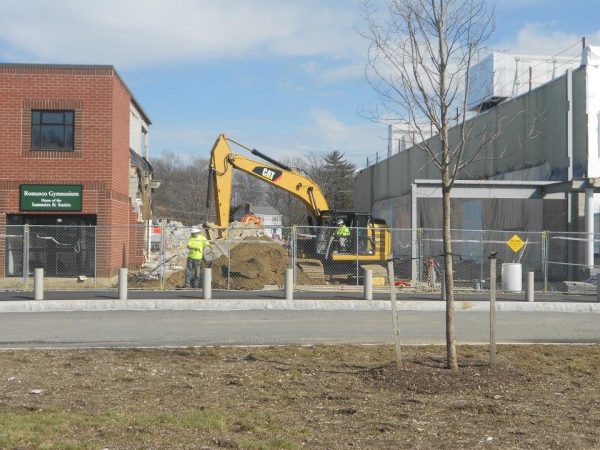

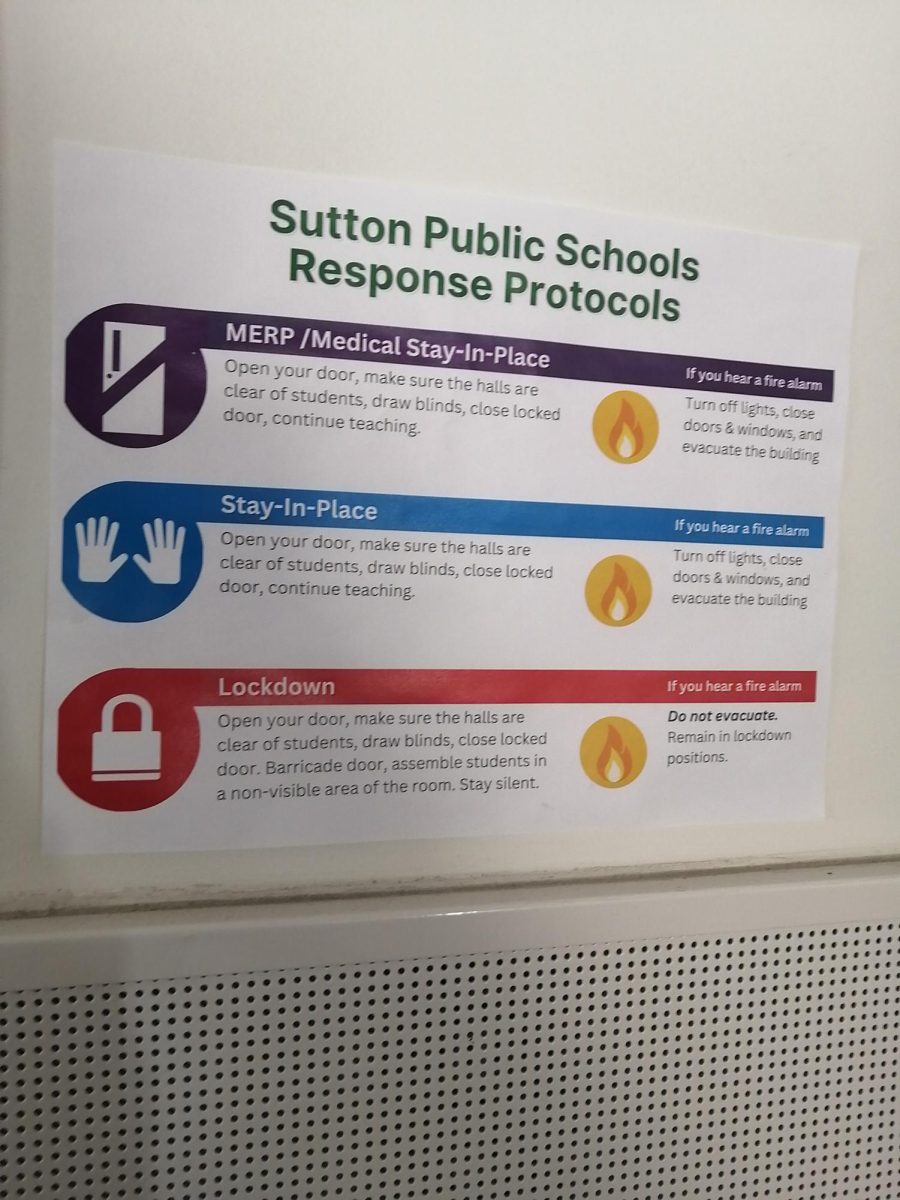
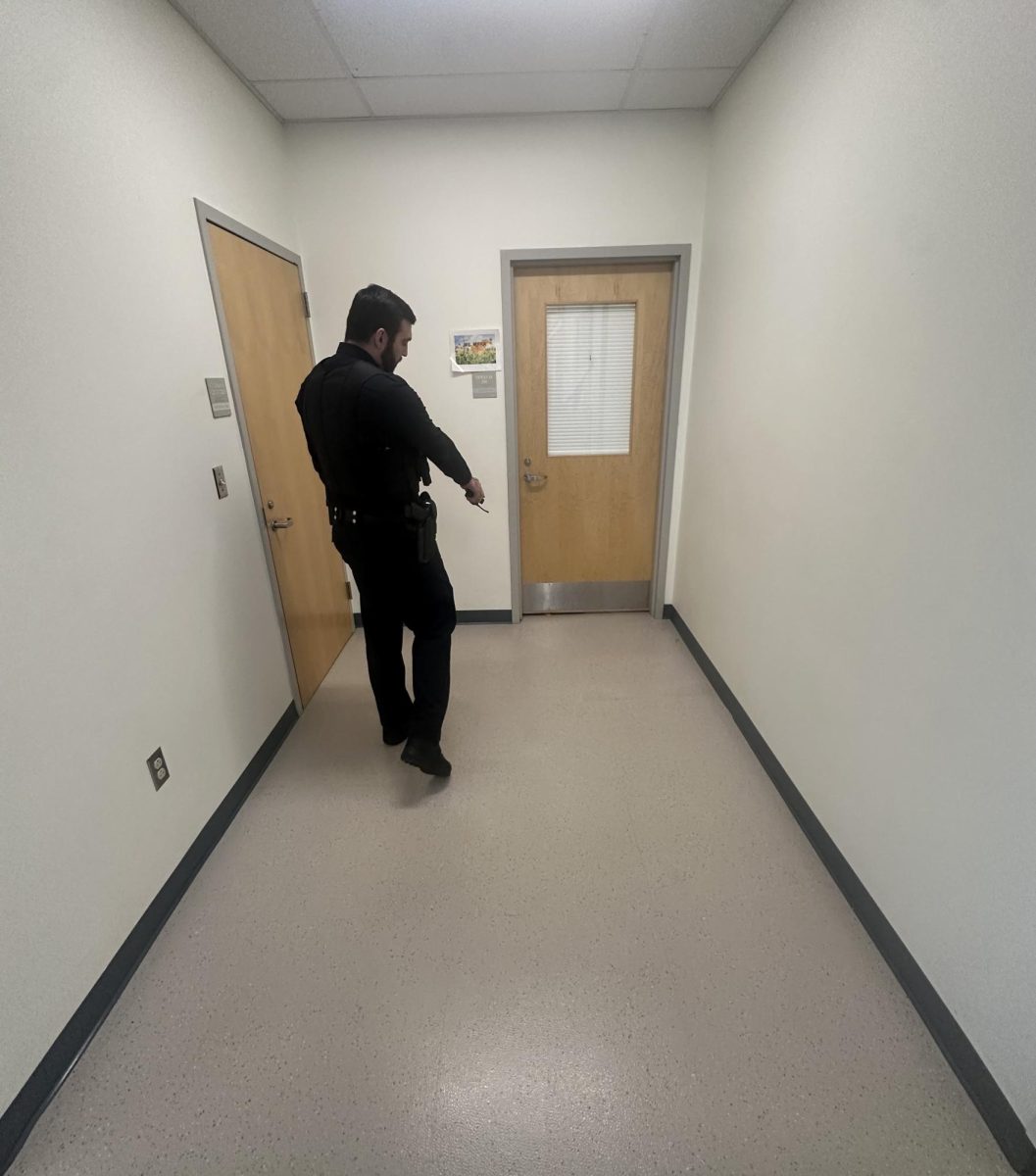




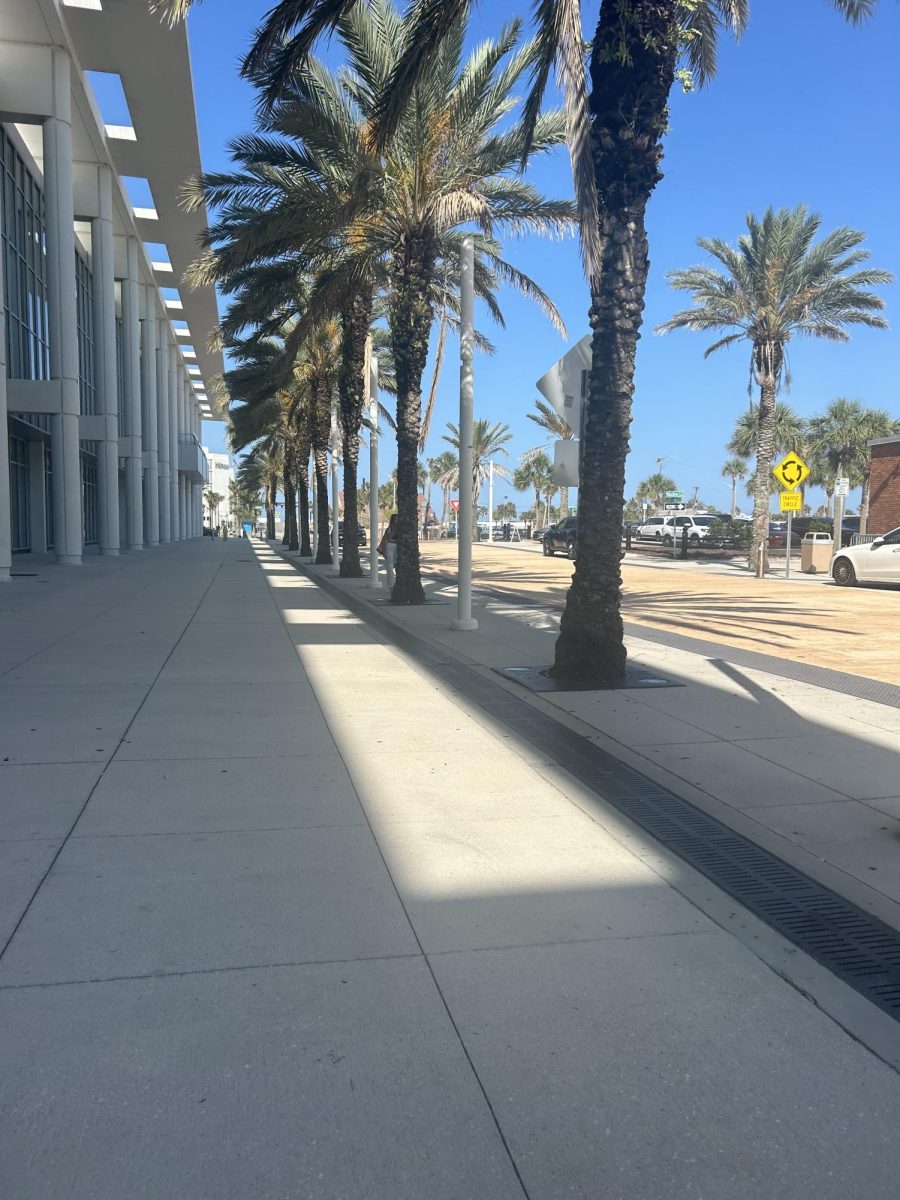






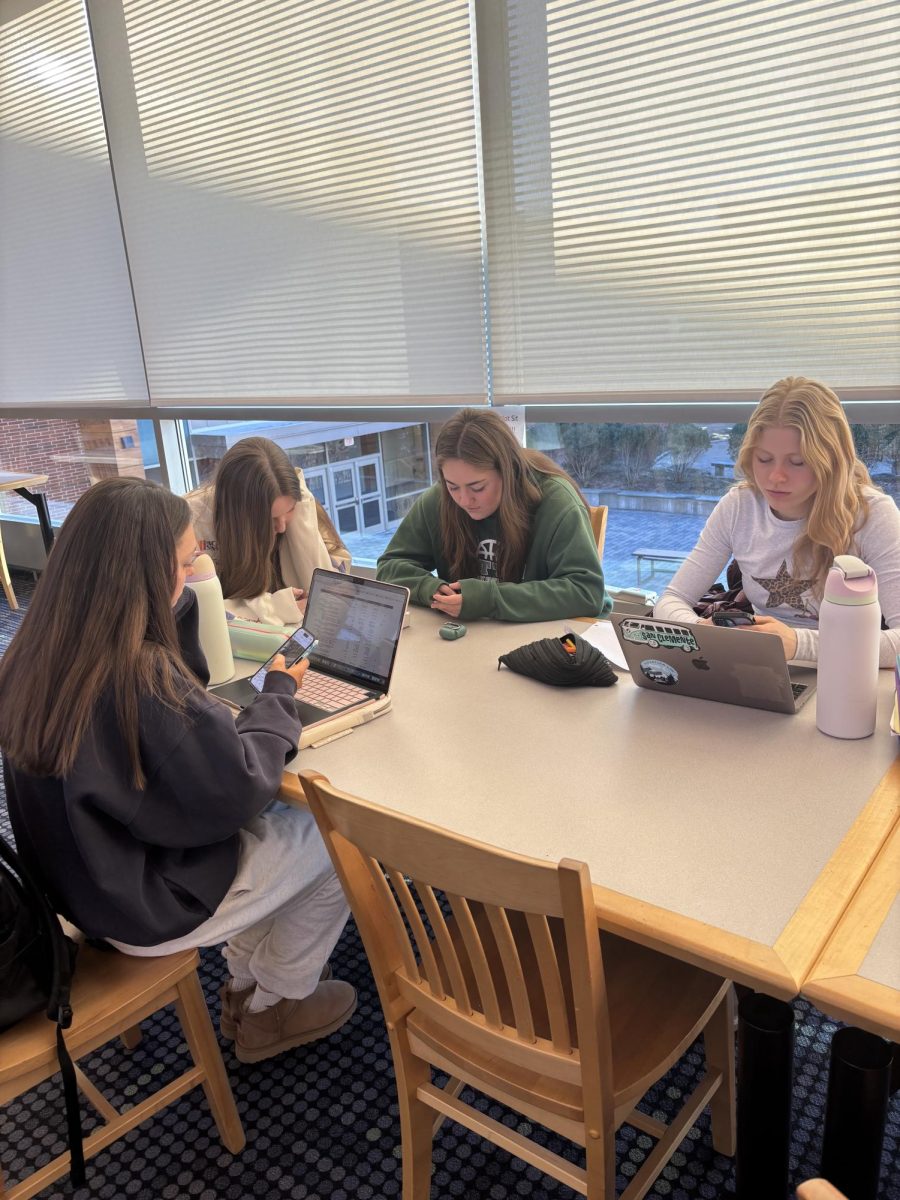




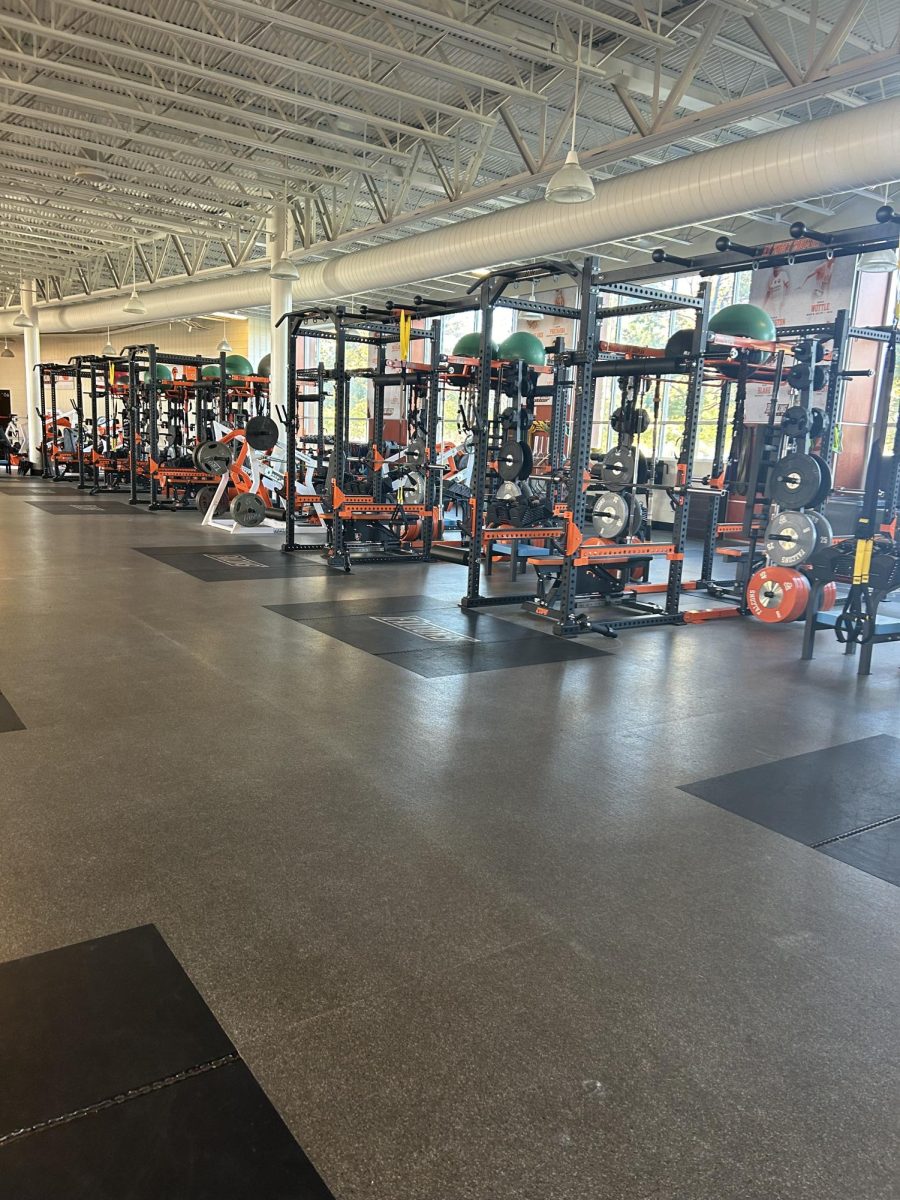


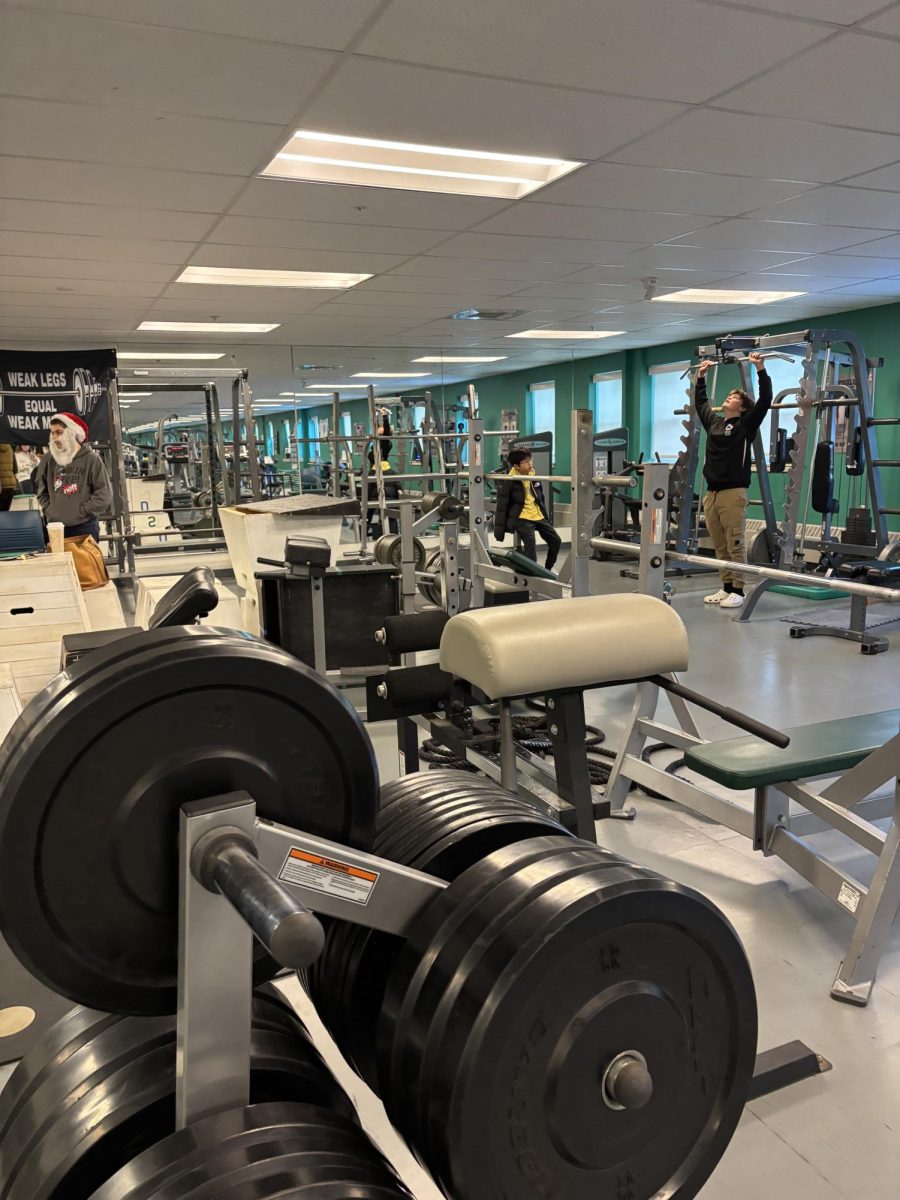

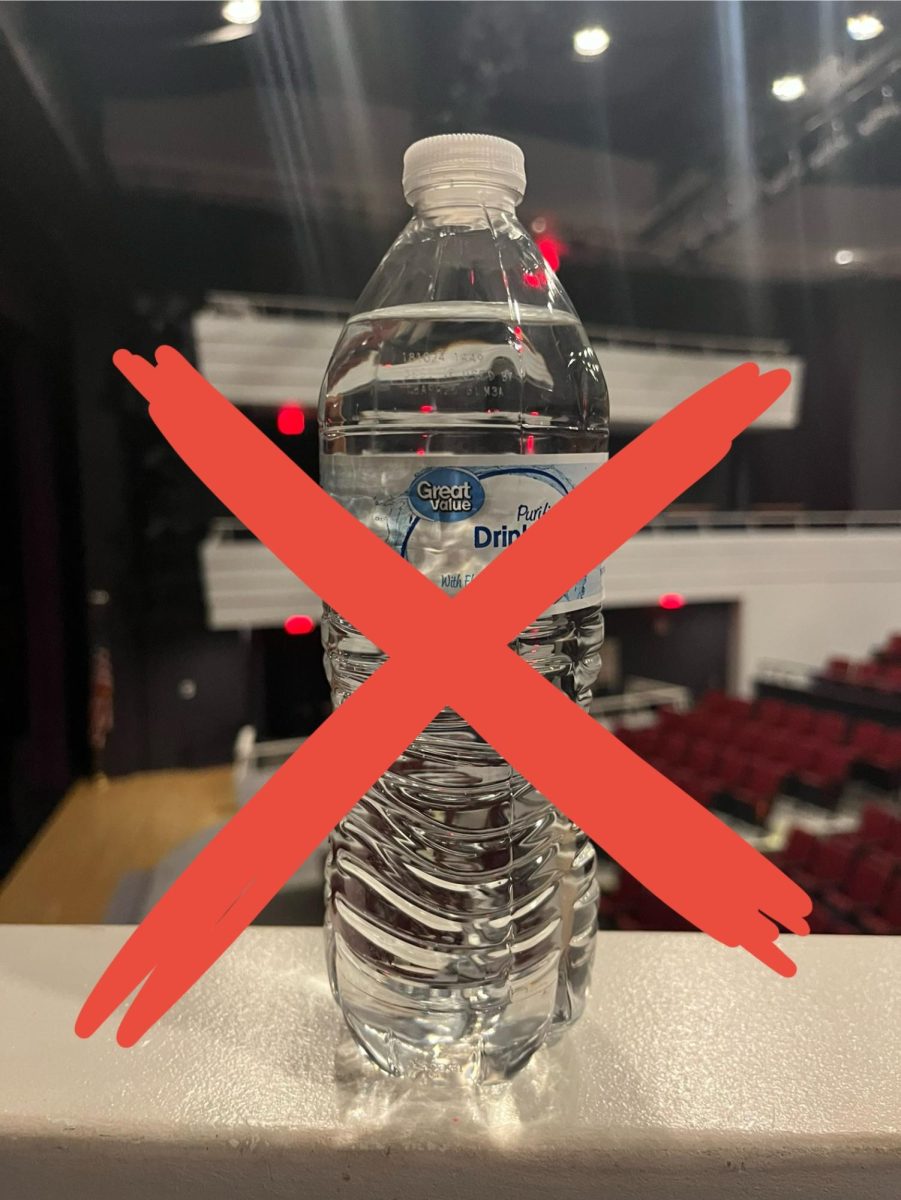






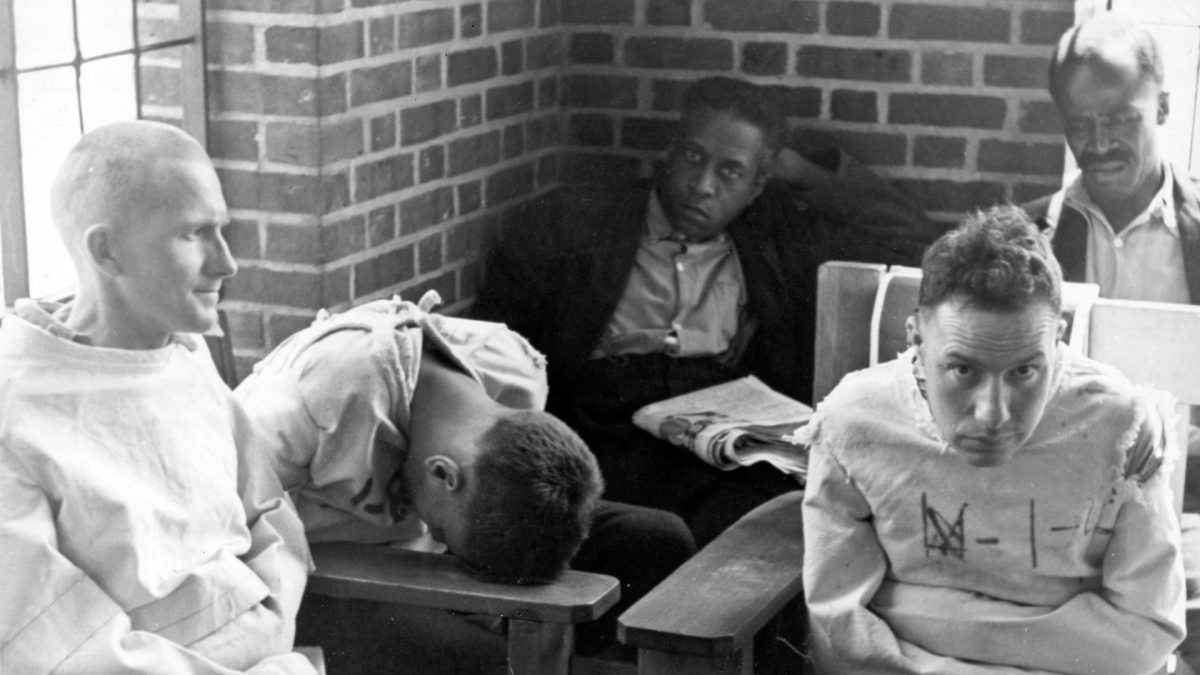


Vanessa Haerle • Oct 21, 2023 at 7:32 am
Wow this is so interesting! I had never heard of this type of program but I think it is an innovative way to generate electricity and give the inmates a purpose and, as mentioned in your article, a feeling of being useful and even needed. I understand the critics concern, but as long as this is not forced upon the inmates and their safety is a chief concern, I think it could be very positive. Thanks for sharing!!